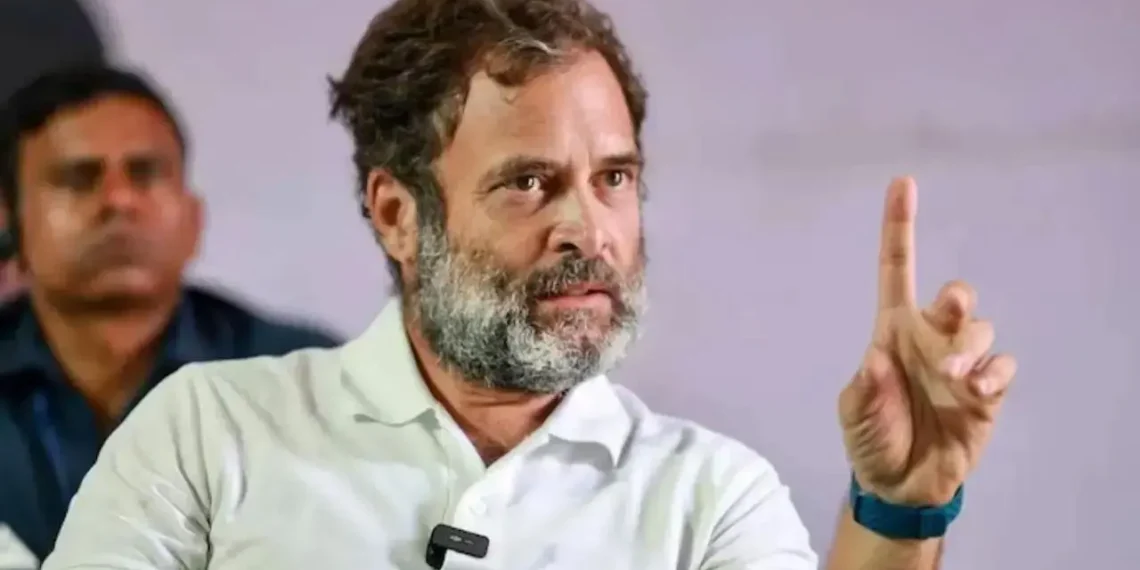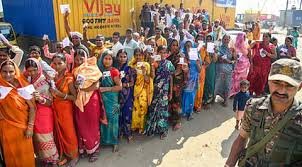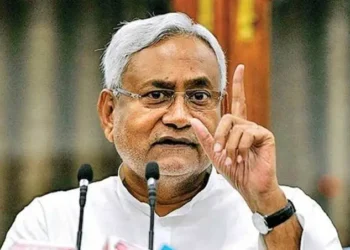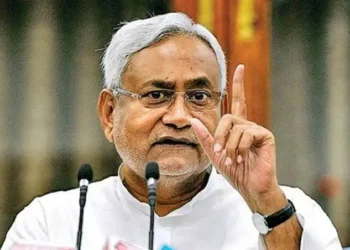The stark difference in campaigning efforts between the BJP and Congress played a crucial role in shaping the electoral landscape in Maharashtra. While the BJP leveraged its vast network of regional leaders, RSS volunteers, and targeted campaigning, Congress’s limited involvement from its top leaders was a decisive factor in its lackluster performance, as reflected in the exit polls.
BY PC Bureau
The contrast in campaigning efforts between the BJP and Congress during the Maharashtra Assembly elections was stark, with the Congress failing to match the extensive outreach of the ruling party. While Congress President Mallikarjun Kharge and former President Rahul Gandhi conducted only a combined total of 16 rallies, the BJP’s leaders, including Prime Minister Narendra Modi and Home Minister Amit Shah, campaigned vigorously across the state, holding 26 rallies.
This discrepancy highlights the lack of effort from Congress’s leadership in mobilizing voters, which was reflected in the party’s dismal performance in the polls.
Number of Rallies Held by Key Leaders:
| Leader | Number of Rallies Held |
| Narendra Modi | 10 rallies |
| Amit Shah | 16 rallies |
| Yogi Adityanath | 11 rallies |
| Eknath Shinde | 75 rallies |
| Devendra Fadnavis | 67 rallies |
| Nitin Gadkari | 40 rallies |
| Sharad Pawar | 55 rallies |
| Mallikarjun Kharge (Congress) | 9 rallies |
| Rahul Gandhi (Congress) | 7 rallies |
The number of rallies held by key figures tells a compelling story of the contrasting political strategies. In total, BJP leaders, from Modi’s 10 rallies to Amit Shah’s 16, traveled extensively, covering multiple constituencies and maximizing their outreach. Uttar Pradesh Chief Minister Yogi Adityanath held 11 rallies, and both Maharashtra CM Eknath Shinde and Deputy CM Devendra Fadnavis spoke at 75 and 67 rallies, respectively. This tireless campaigning by BJP leaders, combined with a robust door-to-door approach led by local volunteers, enabled them to strengthen their influence across the state.
Congress, on the other hand, faced significant challenges. Rahul Gandhi, despite his leadership role, only addressed seven rallies, far fewer than many of the BJP’s leaders. His absence from critical areas and his focus on campaigns for his sister in Wayanad htra raised doubts about his commitment to the state’s election. Congress President Kharge was similarly absent, holding just nine rallies. This weak presence from Congress’s top leaders, contrasted with the vibrant campaigning of regional leaders like NCP’s Sharad Pawar, who held 55 rallies, highlighted the party’s organizational struggles.
In addition to the limited number of rallies, Congress’s overall strategy appeared disjointed and ineffective, especially when compared to the BJP’s well-coordinated ground-level work. On polling day, the BJP made sure to contact and engage with voters, utilizing sophisticated voter databases and software to track participation. BJP workers actively reached out to those who hadn’t voted by noon, ensuring high turnout and reinforcing their commitment to the electorate.
The lack of strategic campaigning by Congress and the minimal involvement of its top leaders played a decisive role in their failure to challenge the BJP’s dominance. The BJP’s superior organization, combined with its focused and widespread campaigning, allowed it to dominate the electoral scene. In contrast, Congress’s inability to mobilize its leadership and match the scale of BJP’s efforts left the party at a severe disadvantage.
In conclusion, the Maharashtra Assembly elections served as a clear example of how effective campaigning can shape the electoral outcome. While the BJP’s robust strategy and large number of rallies secured its victory, Congress’s minimal leadership involvement and poor mobilization of resources ultimately led to its lackluster performance. The exit polls, which predicted a decisive win for the BJP-led alliance, were a direct reflection of this disparity in campaigning efforts.













